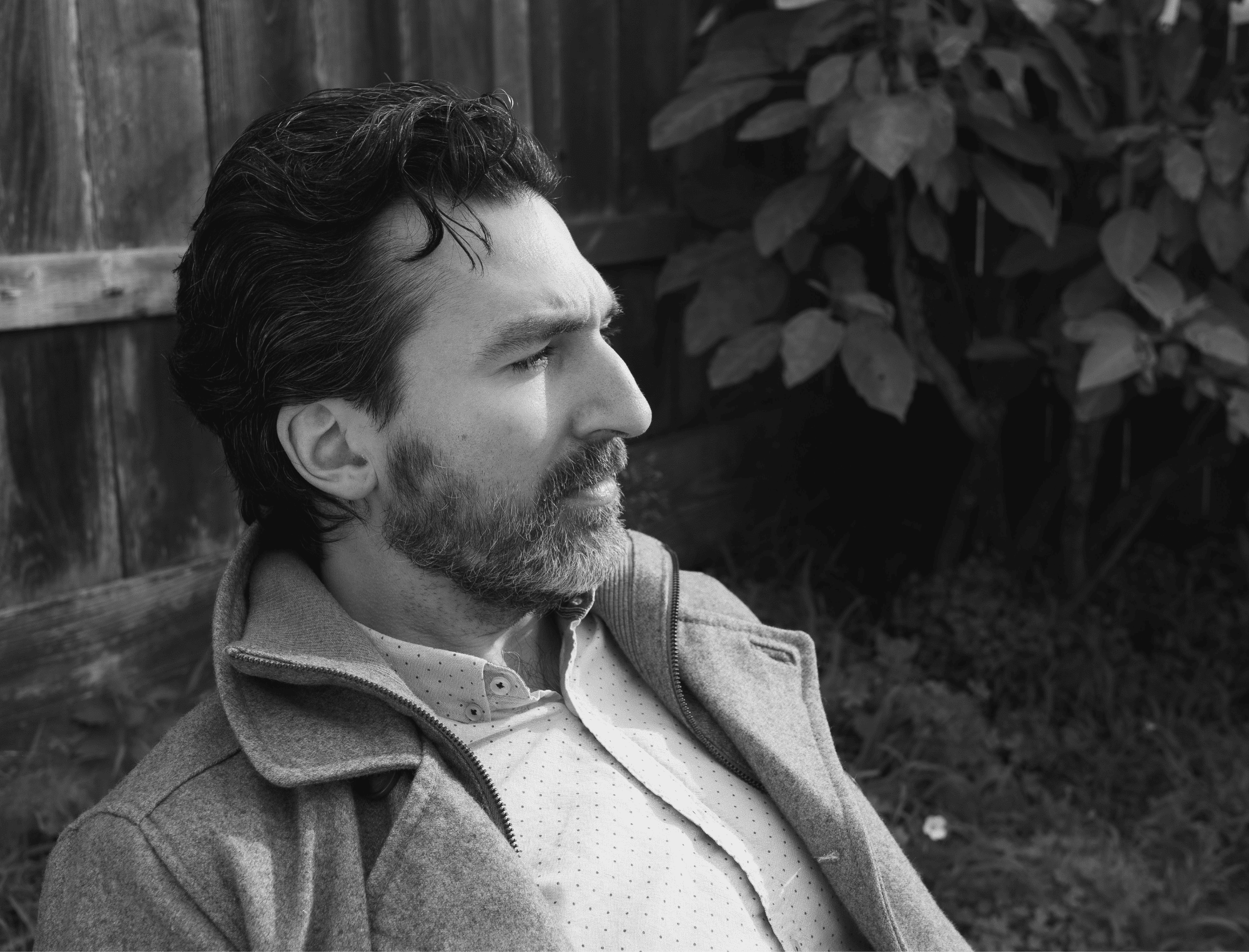I remember the moment. My husband and I were spending the weekend cleaning out his mom and dad’s house after they passed away. Completely spent, we sat down to rest. I picked up one of his mom’s old photo albums and began turning pages. All the familiar faces of friends and family who’d been part of their lives were young and dressed up, laughing and having a good time.
I pointed to a picture and asked, “What was her name again?” He closed the book and softly said, “I don’t remember. And now there’s no one I can ask.”
The woman’s name wasn’t meaningful, but the loss of his connection to shared family memory was. He didn’t know how to ask family history questions anymore; it felt pointless to wonder when no one was left to ask.
I wasn’t surprised he felt this way because I often hear about this from people writing about parents long after they’ve lost them in our Family Memoir Workshop or in our Holocaust Story Workshop where they’ve lost an entire generation or more. However, I’ve seen that those who remain curious about their family’s history and learn how to ask family history questions are often surprised by the answers they find.
How to Ask Family History Questions: Start With Two Key Questions
The secret to learning how to ask family history questions, especially when few family members remain, is to begin by asking yourself a couple of questions. Most people overlook the crucial step, staying stuck in regret instead of turning inward for answers.
These two questions are game-changers, shifting you from the stress of not knowing to genuine curiosity and a desire to find answers.
It makes sense—stress triggers the fight-or-flight response, narrowing your mind’s focus. But, as Dr. Barbara Frederickson, the leading scholar in positive emotion explains, positive feelings like interest and curiosity expand your awareness and help you see more possibilities. They inspire creative ideas about how to ask family history questions and the steps you can take to find answers. Being interested and curious is not being a Pollyanna; it’s a pathway to seeing interconnections you may have missed and a bigger story (and that’s when she had me!)
How to Ask Family History Questions of Yourself
Instead of starting with a long list of family history questions and feeling overwhelmed, begin your search for answers by asking yourself these two foundational questions:
- Why does my family’s past matter to me?
- What do I already know about my family’s past?
I’ll guide you through each so you can understand how to ask family history questions more clearly and purposefully.
1. Why Does My Family’s Past Matter to Me?
Here’s a small sampling of answers I’ve heard through the years to help you consider yours:
- Because I want to honor the lives of my parents
- So my children understand why (a particular family place or object) is meaningful to us
- I feel a responsibility to preserve what I know about my (parents/grandparents) experiences during the war so we never forget
- I want to pass along my grandmother’s stories, recipes, and traditions
- I am inspired by the way my Dad didn’t give up in his fight against cancer
- I am proud of my mom and want to share her story with my kids
- I want the next generation to know the stories of family members in the photographs in my house
- Because knowing about particular events in our past will help my kids better understand our family’s present
- I want my kids to know the story of how and why we came to this country where we came from
Now, put pen to paper and discover your answer. Here’s how:
- Get a pen and paper, and at the top of a page, write, “Why does my family’s past matter to me?”
- Set a timer for 1 minute.
- Jot down everything that comes to mind. You are taking notes on what’s inside your head. Even if you veer off topic, just keep writing (no censoring yourself!)
- Read over what you wrote. Circle words that are important and cross out anything that’s not helpful.
- Write one sentence about why your family’s past matters to you.
Clarifying what matters allows you to see your family history from a broader perspective before learning how to ask family history questions. This shift transcends individual details and connects you to the bigger picture of your family’s story. Going forward in this post, I’ll call the sentence you wrote your “purpose” for asking family history questions.
2. What Do I Already Know About My Family’s Past?
Now that you’ve clarified your purpose for asking family history questions, the next step is to ask yourself what you already know—having this information in hand is essential when learning how to ask family history questions effectively. The Safekeeping Stories Family History Template is a practical, no-cost tool that can help you easily organize what you know about your family. The Template guides you in capturing what you know about your parents—information you’ll work with in the next section when discovering how to ask family history questions about your family. It also aligns with best practices in family history research, such as starting with the most recent generation and moving backward. Take a few minutes to jot down this information which you likely have at your fingertips:
- Names – names of your grandparents, parents, and their siblings
- Life Events – birth dates, anniversaries
- Significant Events – list the major events that align with your purpose
For a complete guide to how to capture family information you know (and that your kids will want to know!), follow our Step-by-Step Guide for Recording Family History.
As you move forward, keep curiosity front and center. Although it sounds so simple, in practice, it’s challenging. Business thought leader Simon Sinek suggests keeping a prominent note at your desk at all times that says “be curious” to avoid snowballing into judgment.
How to Ask Family History Questions To Find Answers
Now that you’ve clarified your purpose and gathered what you already know, you’re ready to learn how to ask family history questions about the things you don’t know yet—including details that truly matter to you. Here are my suggestions for how to write your questions.
Stay Aligned With Your Purpose
Before you begin, read over your purpose sentence. This will help you stay aligned with the bigger picture and ask family history questions that lead to meaningful answers.
Start with Who, What, When, or Where
A rule of thumb to remember when learning how to ask family history questions is to begin questions with who, what, when, or where. These straightforward prompts keep your questions focused on the information you seek. For example:
- When did my mom move to New York?
- Where was my dad during the war?
- What did my grandmother make for (a particular holiday)?
- Who helped my grandparents immigrate to this country?
Write Specific, Detailed Questions
Never make assumptions if you want to learn how to ask family history questions effectively. Instead, write detailed, long-form, specific questions. This helps to make connections you may not have realized before. For example, if you want to know when your mom and her sister came to this country, that’s two separate questions. Write out their full names and the name of the country:
- When did Joan Green Miller come to the United States?
- When did Elaine Green come to the United States?
- Writing their full names may cause you to notice that Elaine never changed her last name when she married and may lead to you asking another question.
Take Extra Care with “Why” and “How” Questions
Learning how to ask family history questions that begin with “why” and “how” is particularly tricky. These questions often are about people’s motivations or complex events, which can be more challenging to uncover. But don’t let that shy you away from writing these questions down! As you know, writing down your questions keeps you curious, and that helps you find answers.
However, you will be most effective if you follow up your why and how questions with specific who, what, when, and where questions. For example, in this case, after wondering why Elaine kept her maiden name, write down the who, what, when, and where questions that might help you discover an answer:
- When did Elaine Green get married?
- Where did she work after college?
- Who did Elaine Green marry? (Perhaps she married Arthur Green!)
Prioritize your questions
Once you’ve written your questions, review them alongside your purpose sentence. Rank them in order of importance—this will help you focus on the most essential answers first.
If you would like to explore and write about your family’s history in a supportive community with our guidance, join a Family Memoir Workshop or consider our One-on-One Consulting and work with us when it works for you!
Next Step: Ask Your Questions And Start Finding Answers
Now that you’ve learned how to ask family history questions and written them down, it’s time to take the next step. Discover where you can find answers to your family history questions about your mom and dad.




